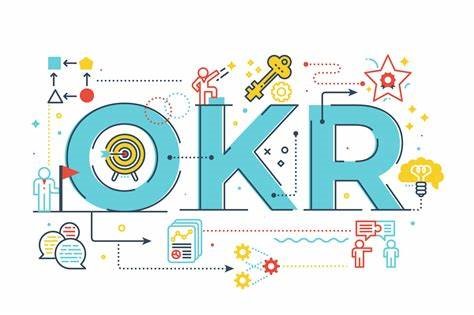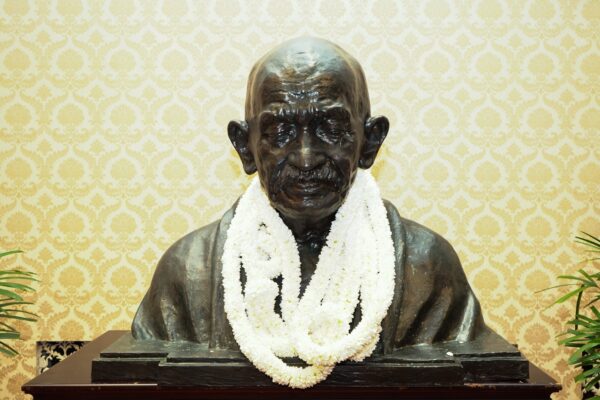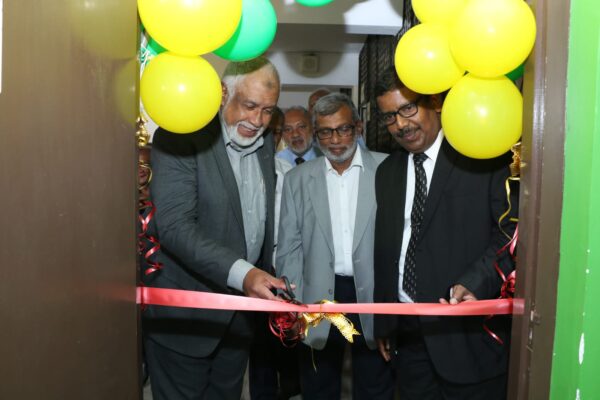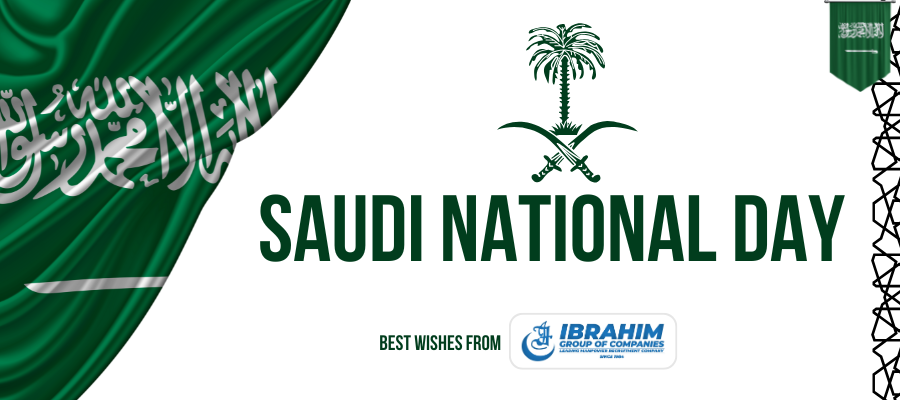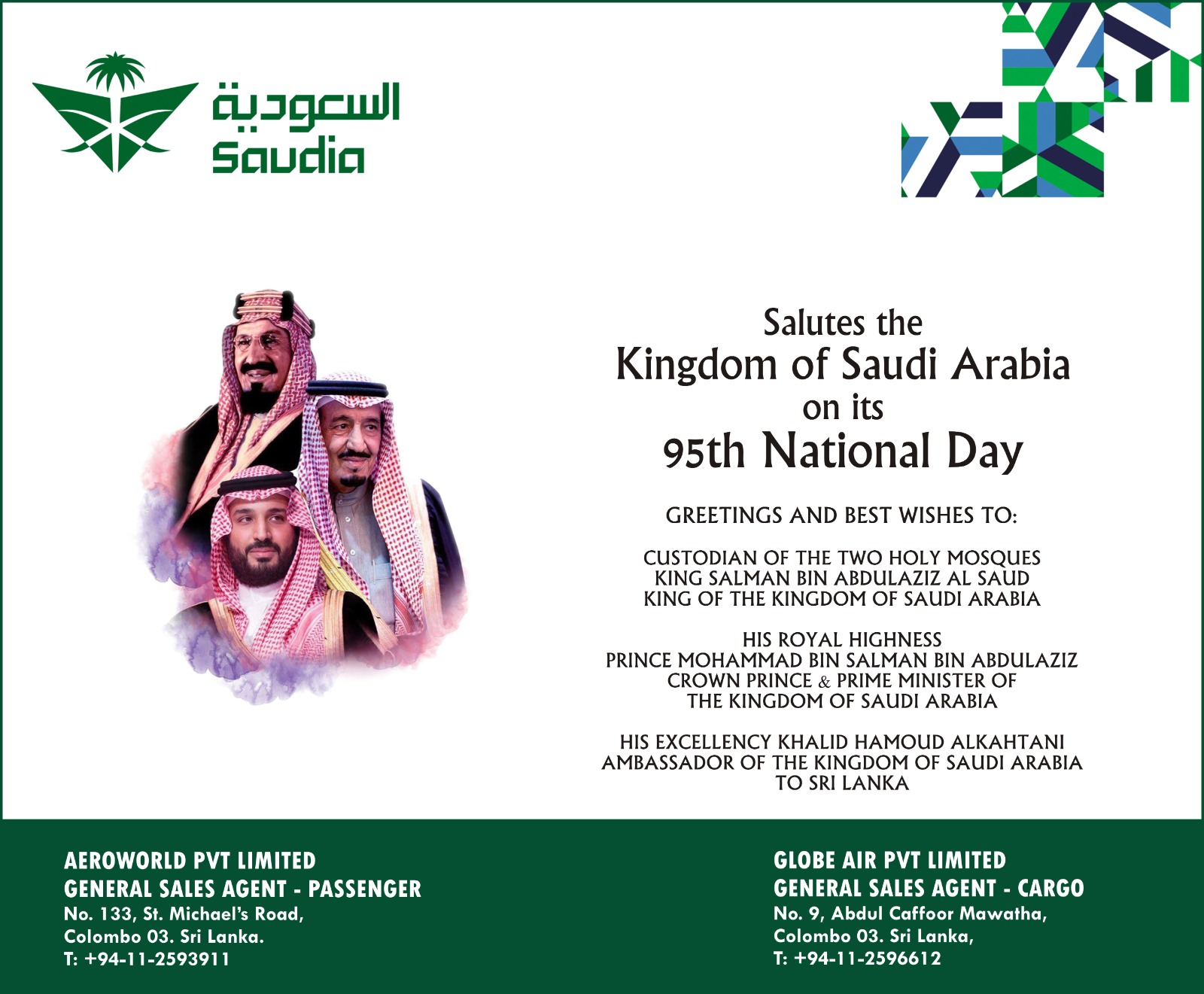by Marshad Barry

When it comes to effective goal-setting and leadership tool for communicating what you want to accomplish and what milestones you’ll need to meet in order to accomplish in an organization OKR plays key role in it. In fact OKRs are used by some of the leading organizations in the world to set and enact their strategies. “OKR” stands for “Objectives and Key Results.” This can explained as a collaborative goal-setting methodology used by teams and individuals to set challenging, ambitious goals with measurable results. OKRs are how you track progress, create alignment, and encourage engagement around measurable goals. These can work for office operation also work for personal goals and can even be used by individuals to get things done at places where senior leadership doesn’t use them.Objective of this is simply what is to be achieved, no more and no less. Key Results of OKR’s to benchmark and monitor how we get to the Objective. Key feature of effective KRs are specific and time-bound and aggressive yet realistic. Most of all, they are measurable and verifiable. You either meet a key result’s requirements or you don’t; there is no gray area, no room for doubt. At the end of the designated period, You need do a regular check and grade the key results as fulfilled or not to make this effective to the organization or for your personal goals what you want to reach.
This OKR methodology was introduced by Andy Grove at Intel and today many companies have adopted them, including Google, Allbirds, Apartment Therapy, Netflix, and inspiring nonprofits like Code for America.
When it comes to the benefit of OKR’s it easily provide many benefits clarity, enhanced communication and a coherent, transparent organization-wide strategy. Also when it comes to discussion on benefit of OKR it is discussed about the F.A.C.T.S. when describing the benefits of OKRs. F.A.C.T.S. stands for,Focus , Alignment, Commitment , Tracking and Stretching . This can explain further as ,
Focus: OKRs will allow a team to rally behind a small set of carefully chosen priorities to achieve in an organization or may be related to your personal goal.
Alignment: In this case OKRs provide a method for an entire organization to align its goals at every layer with its top-level priorities and with its ultimate purpose.
Commitment: OKRs will demand a level of collective commitment from the parties involved to choose and stick to agreed-upon priorities , if its your individual once you may have to be realistic to reach the demands.
Tracking: One of the important factors and here OKRs allow a team or organization to track their progress toward a goal and know earlier when to change tactics and move forward to the objective set take the organization to the next level.
Stretching: OKRs will empower teams to set goals that stretch beyond BAU – or “business as usual” – and make significant, meaningful change to achieve the objective of the organization and take it to greater heights.



